Hunters convention offers something for all tastes
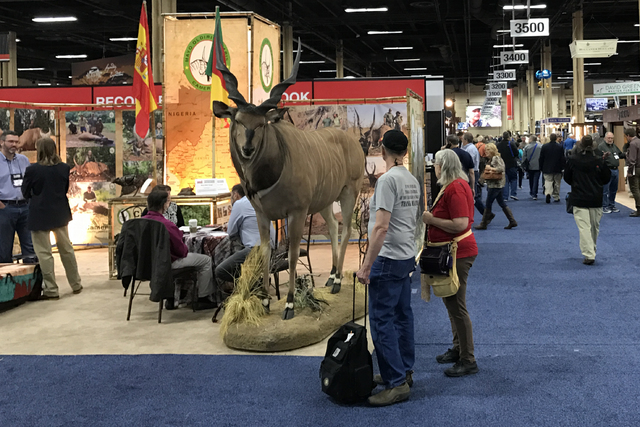
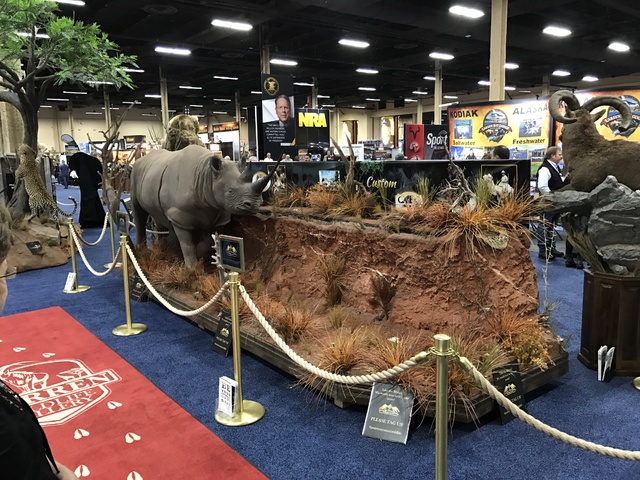
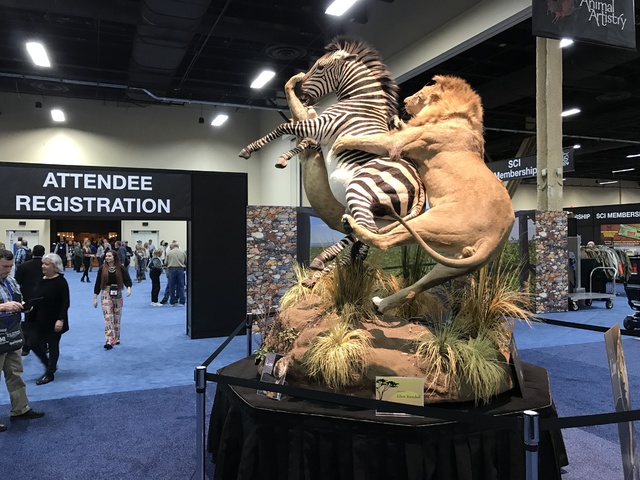
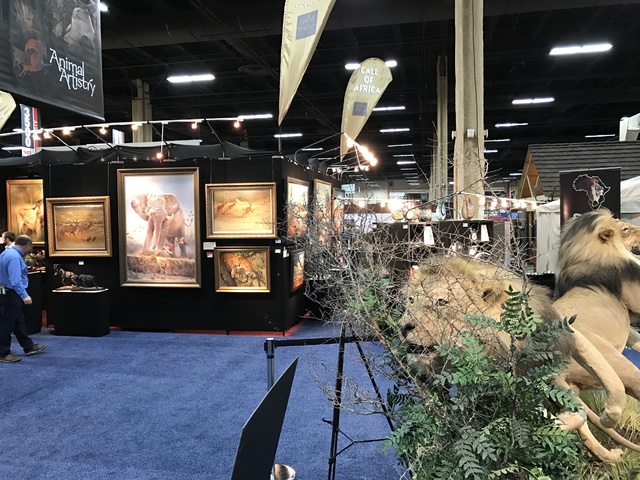
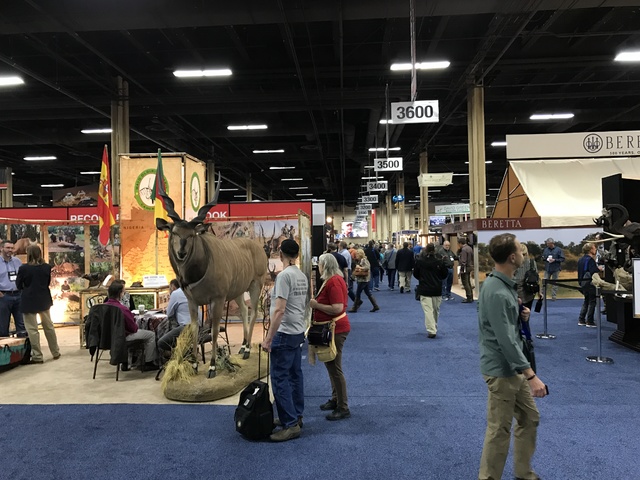
Life has a way of putting things and people into perspective. Such was the case in early February as I passed the name-badge checkpoint and entered the show floor of the Safari Club International’s Annual Hunters’ Convention at Mandalay Bay Convention Center.
Once inside the portal, I was brought up short by an exhibit promoting the Mayo Oldiri Group, a safari provider based out of Madrid. There, on either side of a tall facade where the company logo was proudly displayed, were two short “walls” covered with an impressive array of color photos documenting successful hunts gone by. But as interesting as the photos were, it wasn’t them that caught my attention. It was the full-body mount of a giant eland, a spiral-horned antelope, standing at the corner of Elk Run and Lion Lane.
Though I had seen photographs of the giant eland in hunting magazines, I had no real comprehension of their true size until I saw this one and the man and women who stood in front of it. The man stood about 5 feet 10 inches, and the eland towered over him. Even if one accounts for the pedestal on which the eland stood, its shoulder still would be higher than the man standing at full height. That, my friends, was a new perspective, one that sheds light on what it might mean to hunt a place such as Africa.
After getting home, I did some research and learned the giant eland stands almost 6 feet at the shoulder and also is known as the Lord Derby Eland. A mature animal weighs 1,300 to 1,500 pounds. One could easily fill a freezer, maybe two.
The couple I visited with asked if I had been to Africa. “No, but one day I would like to see it,” I said.
“Go once, and you will always go back,” they said before they shared stories of their multiple African experiences.
Billed as the Ultimate Sportsmen’s Market, the SCI convention is that and more. I passed outfitters and booking agents from around the globe looking to fill their hunting and fishing calendars.
Obviously, Africa was well represented, but shoppers also had options from places such as Australia, New Zealand, Mongolia, Russia, Spain, and the countries of western Europe and South America. And Canada and the United States.
If one didn’t find a hunt to book on the showroom floor, many more were available through ongoing silent and live auctions. A friend later told me the best deals can be had during the daytime auctions, and at prices even the average guy can afford.
The outdoor enthusiasts walking the show aisles had origins and languages that were as equally diverse as those of the exhibitors.
The convention also served as a temporary fine art gallery, a taxidermy show case and a place of learning. Of special interest to attendees was a rhinoceros that growled and charged, and a scene depicting a pride of lions under assault from two interloping lions. These and other scenes give true meaning to the term taxidermy art.
The show is also a place of learning. Attendees had a rather extensive list of seminars and clinics to choose from with a variety of subjects and titles such as “Your First African Safari,” “Improving Your Wingshooting,” and “America’s Eco-Terrorism: Battling the Marijuana Cartels for America’s Wildlife.” I attended one on “Mule Deer Patterning and Hunting.” It was taught by an outfitter from Arizona.
During my wanderings, I met a young man representing a safari group from Namibia. He also asked if I had been to Africa. The question opened the door to a brief but interesting conversation in which I posed my own question, “Why did you become a professional hunter?”
“It is something I always wanted to do,” he said, explaining how he grew up with his father reading him stories about Africa and hunting there. He simply had no choice. He just had to see Africa.
Have you been to Africa, New Zealand or even Colorado? Whatever holds your interest, perhaps the SCI convention is a place to start.
Freelance writer Doug Nielsen is a conservation educator for the Nevada Department of Wildlife. His “In the Outdoors” column, published Thursday in the Las Vegas Review-Journal, is not affiliated with or endorsed by the NDOW. Any opinions he states in his column are his own. He can be reached at intheoutdoorslv@gmail.com.












